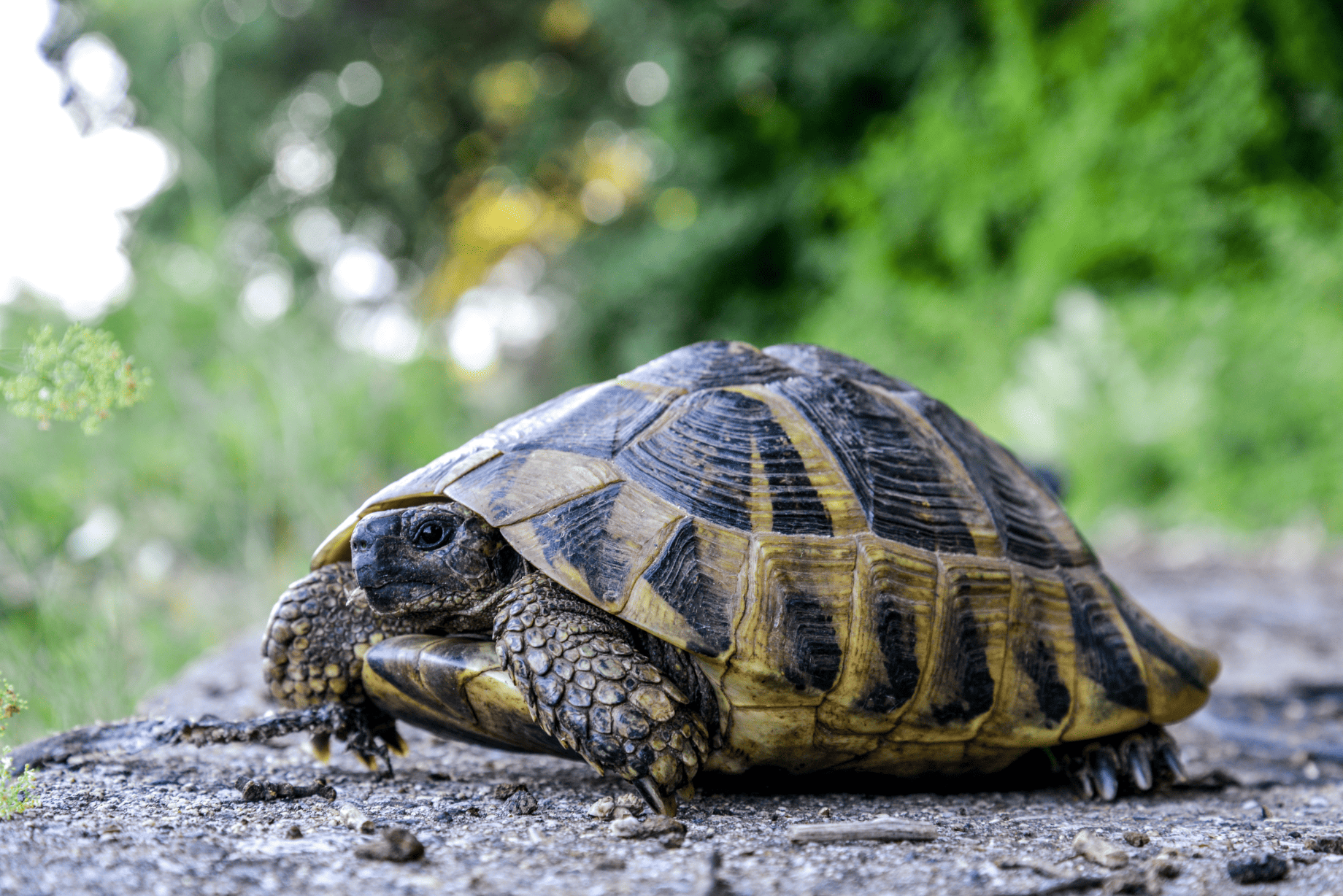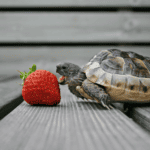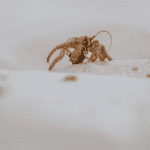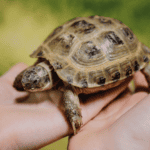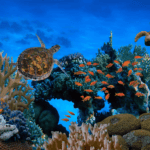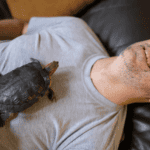Turtles are known for their hard, protective shells, but do they also shed their skin like other reptiles? The answer is yes and no. In this article, we will explore the unique shedding process of turtles and what it means for their overall health and well-being.
What is Shedding?
Shedding, also known as ecdysis, is the process of losing old, worn-out skin. This is a normal and necessary process for many animals, including reptiles. For turtles, shedding occurs in two ways: scutes and epidermis.
Scutes
Scutes are the large, hard plates on a turtle’s shell. Turtles will naturally shed their scutes as they grow, similar to how a snake sheds its skin. This process usually occurs in patches, and the old scutes will come off in pieces or flakes.
Epidermis
The epidermis is the thin layer of skin that covers a turtle’s body. Unlike scutes, turtles do not regularly shed their epidermis. However, it is possible for turtles to shed their epidermis if they are experiencing health problems or if their environment is not suitable.
Signs of Shedding
It can be difficult to tell if a turtle is shedding, but there are a few signs to look out for.
- Scutes: If you notice pieces or flakes of shell coming off, your turtle is likely shedding.
- Epidermis: If your turtle’s skin appears dull or discolored, it may be shedding its epidermis.
- Behavior: Turtles that are shedding may be more lethargic or inactive than usual.
- If you notice any of these signs, it’s important to monitor your turtle closely and provide proper care during the shedding process.
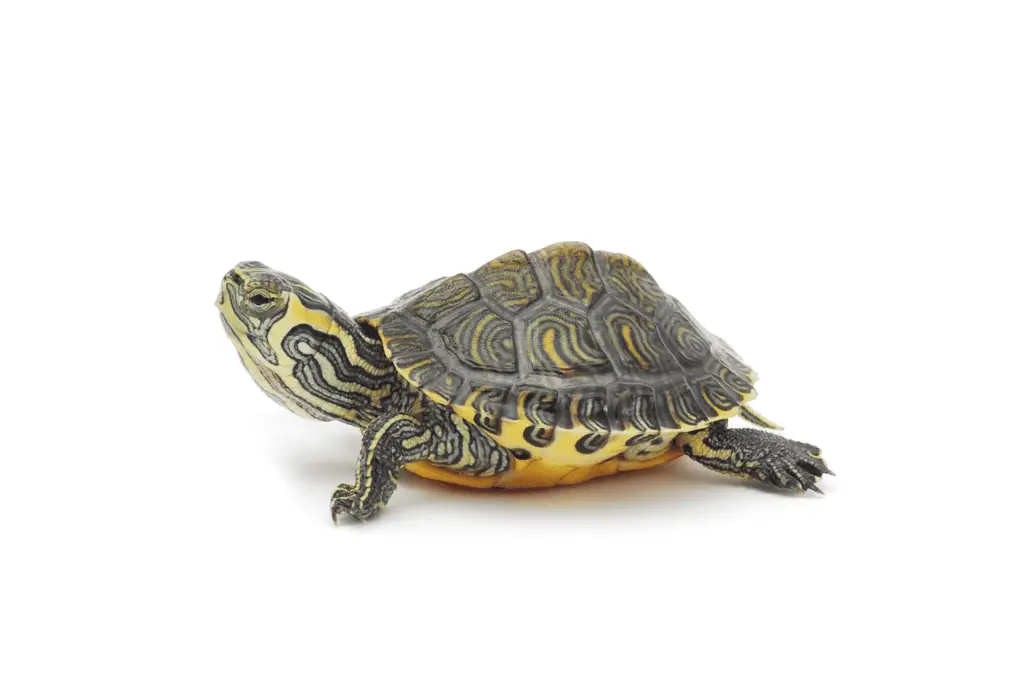
How to Care for a Shedding Turtle
- Provide a suitable environment: Turtles need a warm, humid environment to shed properly. If the enclosure is too dry, the turtle may have difficulty shedding its scutes or epidermis.
- Proper diet: A healthy diet is essential for a turtle’s shedding process. Turtles should be fed a diet high in protein and calcium to support the growth of new scutes.
- Keep the enclosure clean: Regularly clean the enclosure to prevent bacterial and fungal growth, which can cause skin infections.
- Consult with a veterinarian: If you notice any unusual shedding or if your turtle is having difficulty shedding, it’s important to consult with a veterinarian.
Products that can Help with Turtle Skin Shedding
There are several products available on the market that can assist with turtle shedding, including:
- Reptile shedding aid sprays: These sprays contain ingredients that can help to soften and loosen the old skin, making it easier for the turtle to shed. These sprays are typically applied to the turtle’s shell and skin, and should be used in conjunction with proper heat and humidity.
- Calcium and multivitamin supplements: These supplements can help to strengthen the turtle’s shell and skin, making it easier for them to shed. It is important to consult with a veterinarian to ensure that the turtle is getting the right amount of calcium and other essential vitamins.
- Exfoliating scrubs: These scrubs can be used to gently remove any stuck scutes or old skin. They should be used sparingly and with caution, as overuse can cause irritation to the turtle’s skin.
- Aquatic turtle shedding blocks: These blocks are designed to provide turtles with a source of calcium and other essential vitamins, which can help to support healthy shedding. They should be placed in the turtle’s tank and replaced as needed.
It is important to note that these products should only be used as an aid to turtle shedding, and proper heat and humidity, a healthy diet and regular veterinary care should always be provided. Additionally, it is important to consult with a veterinarian or a reptile specialist before using any of these products, to ensure that they are safe and appropriate for your turtle.
The Importance of Shedding
Shedding is an essential process for turtles, as it allows them to grow and remove any parasites or damaged skin. It also helps to keep the turtle’s shell and skin healthy, by getting rid of old, worn-out cells, which can help prevent infections.
How Often Do Turtles Shed?
Turtles typically shed their scutes as they grow, with the process occurring more frequently during their youth, and less as they age. The exact shedding schedule can vary depending on the species, and the condition of the environment. Turtles may shed their epidermis less frequently, but if they are experiencing health issues or living in an unsuitable environment, they may shed their epidermis more frequently.
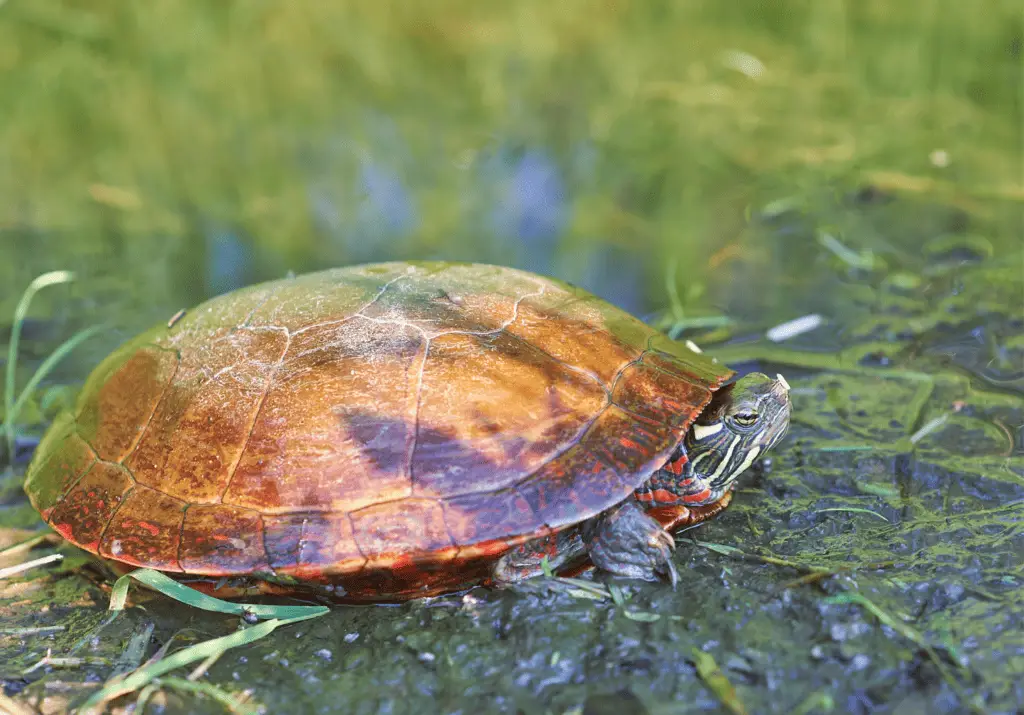
Troubleshooting Common Shedding Issues
During the shedding process, turtles may experience some difficulties, such as getting stuck scutes or having abnormal shedding patterns. To help your turtle through this process, here are some tips:
- Provide a suitable environment: Turtles need a warm, humid environment to shed properly. If the enclosure is too dry, the turtle may have difficulty shedding its scutes or epidermis.
- Proper diet: A healthy diet is essential for a turtle’s shedding process. Turtles should be fed a diet high in protein and calcium to support the growth of new scutes.
- Keep the enclosure clean: Regularly clean the enclosure to prevent bacterial and fungal growth, which can cause skin infections.
- Consult with a veterinarian: If you notice any unusual shedding or if your turtle is having difficulty shedding, it’s important to consult with a veterinarian.
Preventing Health Issues during Shedding
During shedding, turtles are more susceptible to health issues such as fungal or bacterial infections. To prevent these issues, it is important to maintain a clean and healthy environment, as well as to provide a proper diet and veterinary care.
Turtle Shedding in the Wild
In the wild, turtle shedding is a natural process, but it can be more challenging for wild turtles due to the environmental conditions. Wild turtles may have a harder time shedding their scutes or epidermis due to the lack of proper heat and humidity, or due to the presence of parasites or predators. It is important to understand and respect the natural shedding process of wild turtles and to be mindful of preserving their natural habitats.
Conclusion
Turtles do shed their skin, but the process is different from other reptiles. Turtles shed their scutes as they grow and may shed their epidermis in response to health issues or an unsuitable environment. By understanding the shedding process and providing proper care, you can ensure your turtle stays healthy and happy.
